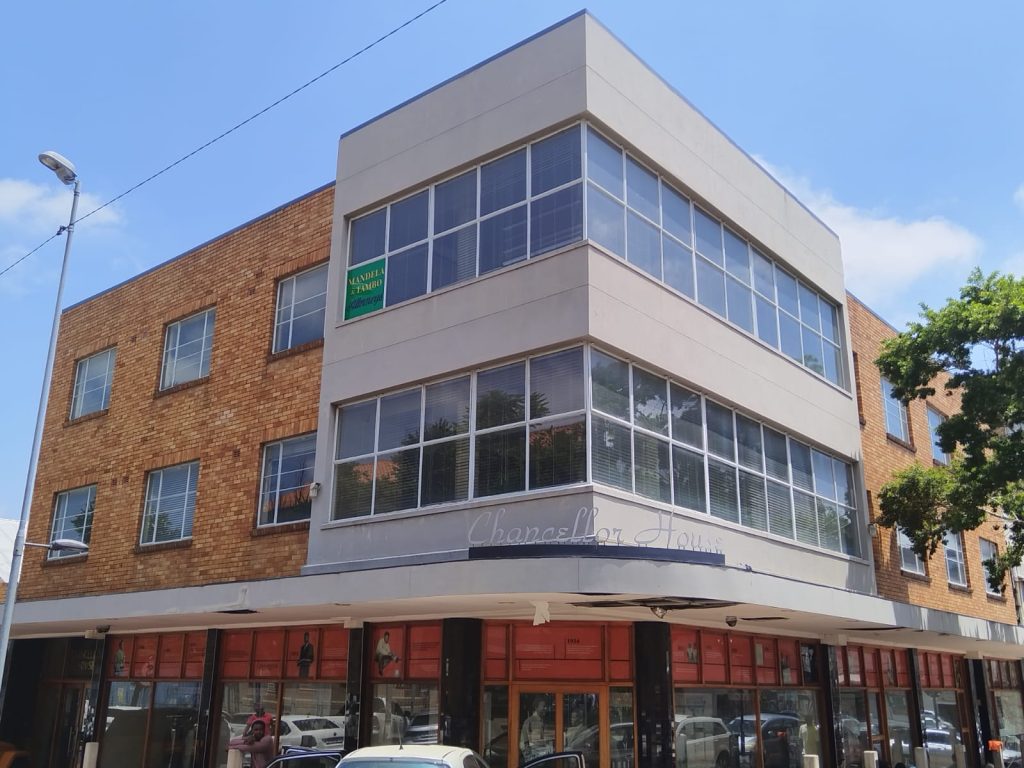The Indian War Memorial comprises a three metre tall sandstone obelisk cut from the sandstone of the ridge on which it stands. The site offers spectacular views of the eastern suburbs.
The memorial commemorates the sacrifices of Indian auxiliaries who lost their lives during the Anglo-Boer War of 1899-1902. In total some 9 000 men were brought out from India to bolster the British forces. They took up non-combatant functions as stretcher- bearers, farriers (‘nalbands”) , veterinary assistants, grooms, orderlies, ammunition and water carriers and washermen.
An Indian detachment staffed a large remount camp in the valley below the memorial site, in what is now Bezuidenhout Park. Up to 4 000 horses could be accommodated at Bezuidenhout Valley’s large central remount station.
Indian troops camped in the valley on the south side of the ridge on which the Indian Monument was constructed. The campsite, in what was to become Observatory Park, was chosen mainly for its abundant water – needed by both men and horses – supplied by natural springs.
The first re-enforcements from India, about 1 000 men, arrived in South Africa in October 1899. By April 1900 more than 3000 Indians were involved in the war. With the Indian contingent came 2 334 horses and 611 mules and ponies and medical units comprising three complete field hospitals for British troops and one field hospital for their Indian orderlies. Breaking in and training horses was performed by the Indian auxiliaries.
The monument was initiated in the first flush of victory, during a surge of patriotic feeling which followed the end of the war. It was unveiled on 31 October 1902 by Hon. N.G. Lyttleton, the officer commanding the Transvaal and Orange River Colonies. Funding came partly from public subscriptions, with contributions from the local Indian community.
The Town Council Minutes of 29 October 1902 record the invitation to the unveiling ceremony:
“Captain J.CC. Perkins, the Native Officers, N.C.O.s and men of the Indian Details, request the pleasure of the President and Members of the Johannesburg Municipality, their families and friends, to witness the unveiling of the Indian Monument at the Remout Depot, Bezuidenhout Valley, Johannesburg, by Lieut.-General the Hon. N.G. Lyttleton, K.C.B., commanding Transvaal and Orange River Colonies, at 3,45 pm on Friday, 31st October, 1902”.
Within a year of being erected , the monument was defaced by graffiti on the tablets. Acting swiftly, the town Council had the tablets cleaned and informed the government of the need to protect the monument. After surrounding the monument with an iron fence, the government handed the memorial over to the municipality. Care for the monument – previously the government’s responsibility – would henceforth be handed over to the Town Council.
Protected under Section 37 of National Heritage Resources Act: “public monuments and memorials must, without the need to publish a notice to this effect, be protected in the same manner as places which are entered in a heritage register …” As the Indian Memorial is older than 60 years, it is also protected in terms of Section 34 of the same Act.

A culmination of research gathered over many years, the Online Johannesburg Heritage Register is being launched on Nelson Mandela Day 18 July 2025.
Among the many heritage sites featured is Chancellor House, the downtown offices of Mandela and Tambo Attorneys in the 1950s. After having been vacant and shuttered for more than a decade, this iconic building is being revived and brought to life once again as offices for the Community Development Department, which oversees the City’s Arts, Culture & Heritage Services.